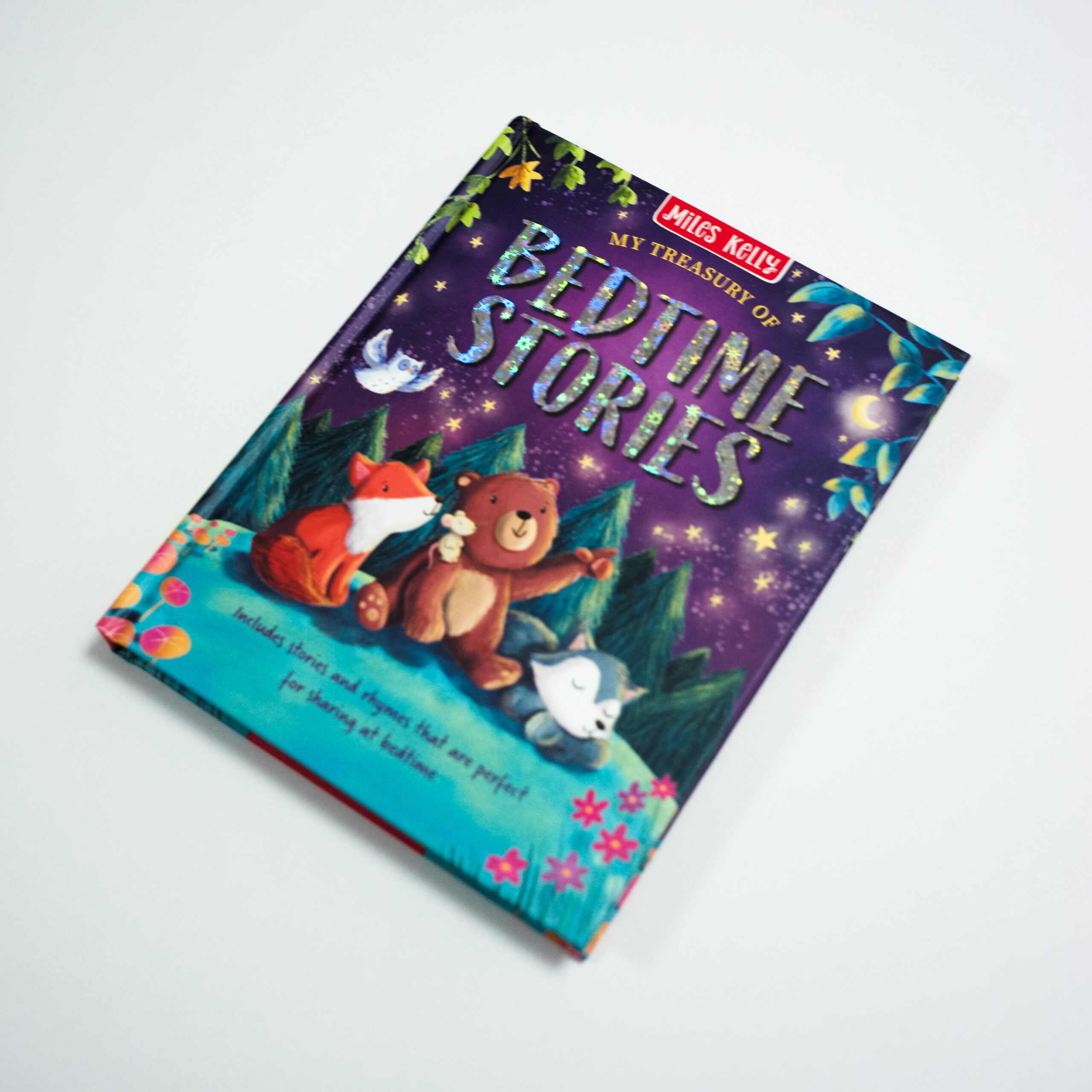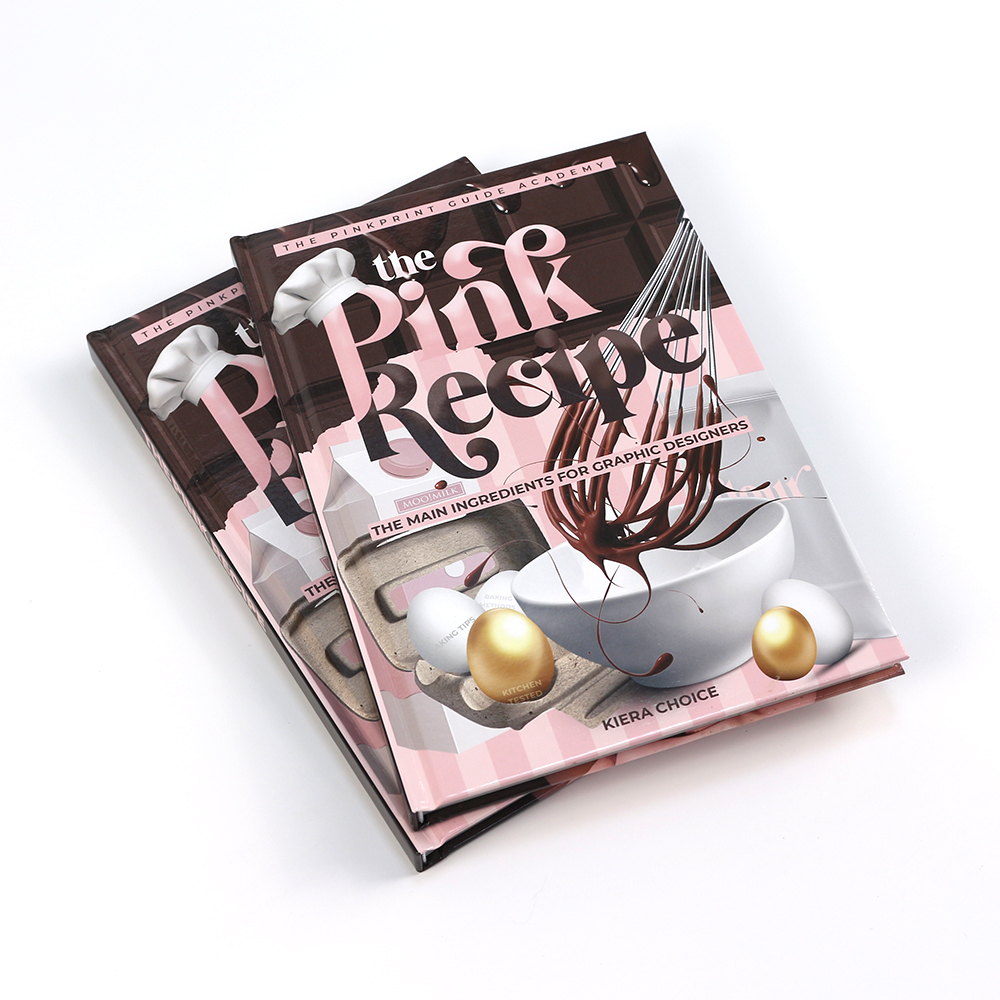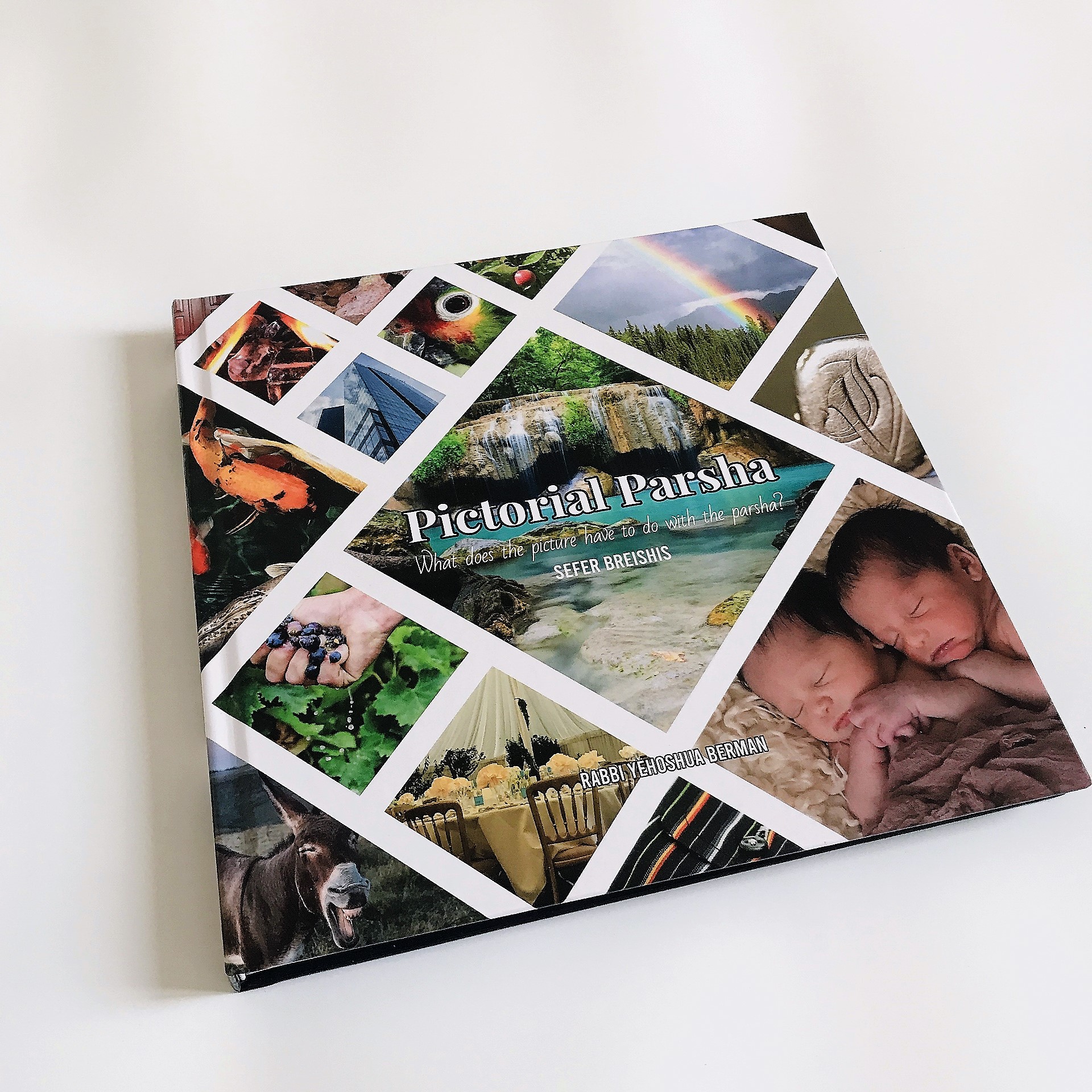What are the benefits of printing a novel in hardcover?
Table of Contents
Introduction: Embarking on Your Book Creation Journey
At the very beginning of your journey as an author or publisher, you are likely to be overwhelmed by numerous decisions regarding the design, production, and presentation of your work. One of the most critical decisions involves choosing the type of binding for your novel. With a myriad of options available—ranging from paperbacks to spiral-bound editions—the choice of a hardcover (or hardback) format can be a defining factor in the perceived value and longevity of your book.
While it is true that printing a novel in hardcover generally comes at a higher cost compared to its paperback counterpart, the investment often yields dividends in terms of durability, aesthetic appeal, and long-term marketability. This comprehensive guide aims to unravel the multifaceted benefits of opting for a hardcover edition, providing you with in-depth insights that will help you make an informed decision. Whether you are an emerging author, a seasoned publisher, or a self-publishing enthusiast, this article will equip you with the necessary knowledge to evaluate the pros and cons of hardcover printing.
In the following sections, we delve into the fundamental aspects of hardcover book printing, its historical evolution, material composition, and how it stands in contrast to paperback formats. Additionally, we will explore two extra dimensions that add to the allure of hardcover editions: environmental sustainability and enhanced aesthetic appeal. With detailed explanations and real-world examples, you will gain a thorough understanding of why investing in a hardcover novel can be both a creative and practical choice.
Understanding Hardcover Binding
Definition and Characteristics of Hardcover Books
A hardcover book, often referred to as a hardback, is a publication that features a rigid, protective cover—usually made from heavy paperboard or binder’s board—enclosed in a durable material such as cloth, leather, or high-quality paper. This sturdy construction not only safeguards the pages inside but also contributes to a premium look and feel. Unlike paperback books, which use flexible, less durable covers, hardcover editions are designed to withstand the rigors of regular handling, making them ideal for collectors and readers who value longevity.
In many cases, hardcover books are complemented by a dust jacket—a removable outer cover that often displays the title, author information, and enticing artwork. Whether the cover design is printed directly onto the board or featured on an additional dust jacket, the result is a sleek, professional appearance that elevates the overall presentation of the novel.
The Historical Evolution of Dust Jackets
The concept of protective book covers dates back to the early days of printing. In the 19th century, publishers began incorporating dust jackets to protect books during transportation. The first recorded instance of a dust cover dates as far back as 1829, and while these covers were initially discarded once the book reached its destination, they soon evolved into a critical marketing tool. Dust jackets allowed publishers to display vital information about the book—such as summaries, reviews, and author bios—that printing technologies of the time could not accommodate on the hard cover or spine. Today, the dust jacket remains a hallmark of the hardcover format, combining functionality with an aesthetic appeal that attracts discerning readers.
Materials and Construction: Building a Durable Masterpiece
High-Quality Materials for Lasting Value
At the core of a premium hardcover book is its construction, which relies on superior materials designed for longevity. The rigid covers are typically crafted from binder’s board or thick paperboard that resists warping and physical damage. This board is then adorned with high-quality finishes—ranging from cloth and leather to heavy-duty paper—that not only enhance durability but also elevate the tactile experience for readers.
The pages inside a hardcover book are usually printed on superior-grade paper that offers a crisp, clear finish, ensuring that text and images remain legible and vibrant for years to come. The robust binding process, often involving sewn or glued techniques, further reinforces the book’s structure, allowing it to lie flat when open—a crucial factor for reader comfort and usability.
Modern Printing and Finishing Techniques
Advances in printing technology have significantly refined the process of producing hardcover books. Techniques such as CMYK offset printing, spot UV coating, embossing, and debossing not only create striking visual effects but also contribute to the overall resilience of the printed work. The use of eco-friendly inks and coatings further underscores the commitment to quality and sustainability, ensuring that each hardcover novel is a testament to both craftsmanship and innovation.
Comparing Hardcover and Paperback Formats
Durability and Long-Term Value
One of the most compelling reasons to choose a hardcover format for your novel is its exceptional durability. Hardcover books are engineered to endure frequent handling, accidental spills, and other physical challenges that might quickly degrade a paperback edition. This durability translates into a longer lifespan, making hardcovers ideal for libraries, personal collections, and archival purposes.
Beyond mere physical strength, hardcover novels often exhibit a sense of permanence and prestige that paperbacks cannot match. Many readers and collectors view hardcover editions as heirlooms—items that are not only read but also cherished, passed down through generations, and even showcased as decorative items on bookshelves.
Cost and Distribution Considerations
It is important to acknowledge that producing a hardcover book generally incurs higher production costs compared to paperbacks. The use of premium materials, specialized printing techniques, and additional finishing processes contribute to these elevated costs. However, the investment in a hardcover edition is often justified by its enhanced durability, improved visual appeal, and the perceived value it offers to readers.
From a distribution standpoint, hardcover books can command higher retail prices and are often favored in specialty markets, gift shops, and upscale bookstores. While the initial cost may be higher, the long-term benefits in terms of quality and market positioning can result in a more favorable return on investment, particularly for works of literature that are expected to have enduring appeal.
Additional Features That Enhance Hardcover Novels
Environmental Sustainability
In today’s world, environmental concerns play an increasingly significant role in production decisions. Hardcover book printing has evolved to incorporate eco-friendly practices that minimize environmental impact. Many modern publishers now use sustainably sourced paper, non-toxic inks, and recyclable materials in the production of hardcover books. This commitment to environmental sustainability ensures that your novel is produced in a manner that respects nature and contributes to a greener future.
Moreover, the durability of hardcover books means that they are less likely to be discarded prematurely, reducing waste over time. This longevity not only preserves the literary work but also aligns with environmentally conscious values by promoting reuse and longevity over disposable trends.
Enhanced Aesthetic Appeal and Collectibility
Hardcover novels are celebrated for their aesthetic excellence. The meticulous design process—from the selection of cover materials to the incorporation of intricate finishing details—results in a product that is as visually stunning as it is functional. The tactile sensation of a well-bound hardcover, combined with the elegant presentation of a dust jacket or embossed cover, elevates the reader’s experience, making the book a work of art in its own right.
This enhanced aesthetic appeal contributes significantly to a book’s collectibility. Many readers and bibliophiles prefer hardcover editions for their ability to transform a simple reading experience into an artistic journey. As a result, hardcover novels are often seen as valuable collectibles that hold sentimental and financial worth over time.
Maintenance and Restoration: Caring for Your Hardcover Investment
Effective Repair and Restoration Techniques
Despite their robust construction, even the most well-made hardcover books may eventually require maintenance or restoration. Factors such as wear and tear, exposure to sunlight, and accidental spills can compromise the structural integrity of a book. Fortunately, there are numerous restoration techniques available to address these issues, ranging from simple cleaning methods to more involved repair processes.
For newer hardcover books, restoration often involves replacing damaged dust jackets, re-gluing loose pages, or reinforcing the binding. In contrast, older or rare editions may require the expertise of a professional book conservator who specializes in historical restoration techniques. It is crucial to approach restoration with caution—attempting to repair a valuable or sentimental book on your own might result in further damage. Seeking the advice of a trusted professional can ensure that your hardcover novel is restored with the utmost care and precision.
Maintaining a hardcover book not only preserves its physical condition but also protects its value as a collectible item. Regular care, proper storage, and periodic professional check-ups can help ensure that your investment continues to look and perform its best over the years.
Clarifying Common Misconceptions
Hard Copy vs. Hardcover: Understanding the Difference
One common point of confusion is the distinction between the terms “hard copy” and “hardcover.” A hard copy refers simply to a physical, printed version of a book—as opposed to an electronic or digital version. In other words, any book that you can hold in your hands is a hard copy. A hardcover, however, specifically denotes a book that has a rigid, durable binding with a protective cover. While all hardcover books are hard copies, not all hard copies are hardcover. Paperback books, for instance, are also hard copies, but they lack the robust construction that characterizes hardcover editions.
Understanding this difference is essential when making decisions about your publishing strategy. By opting for a hardcover format, you are not only choosing a physical medium but also investing in quality and longevity that set your work apart from standard paperback editions.
Frequently Asked Questions
FAQ 1: Why is the production cost of a hardcover book higher than that of a paperback?
The increased cost of producing a hardcover book is primarily due to the premium materials and specialized manufacturing processes involved. Hardcover books use thicker, more durable boards for the covers, higher-quality paper for the inner pages, and often feature additional finishing processes such as embossing, debossing, or the application of a dust jacket. These factors contribute to a higher overall production cost, which is ultimately reflected in the retail price.
FAQ 2: How do hardcover books benefit the long-term preservation of a novel?
Hardcover books are renowned for their longevity. Their sturdy construction, which includes rigid covers and robust binding techniques, helps protect the book from physical wear and tear. This durability ensures that the content remains intact even with frequent use, making hardcovers ideal for long-term preservation. Moreover, the aesthetic appeal and collectibility of hardcovers mean that they are often treated with greater care by collectors and readers alike.
FAQ 3: Can I opt for both hardcover and paperback editions for my novel?
Yes, many authors and publishers choose to produce both hardcover and paperback editions of a novel to cater to different market segments. Hardcover editions are typically aimed at collectors, libraries, and readers who value quality and longevity, while paperback editions are often preferred for mass-market distribution due to their lower production costs and ease of handling. Offering both options can help you reach a wider audience while maximizing the commercial potential of your work.
Conclusion: Investing in Quality and Longevity
Deciding to print your novel in a hardcover format is an investment in quality, durability, and long-term value. From the refined aesthetics of a well-crafted dust jacket to the robust construction that safeguards your literary creation, hardbound books embody a commitment to excellence that can elevate the entire reading experience. Whether you are looking to create a timeless piece of art or a practical work of literature that stands the test of time, the benefits of hardcover printing are undeniable.
The higher initial cost of hardcover production is more than compensated by the advantages it offers—be it through enhanced durability, environmental sustainability, or the sheer beauty of a meticulously designed cover. For authors and publishers who wish to leave a lasting impression on their readers, a hardcover edition is not merely a choice; it is a statement of quality and a testament to the enduring power of the written word.
If you find yourself at the beginning of your creative journey, armed with questions about binding types and production costs, remember that the decision to print your novel in hardcover can significantly influence its success and longevity. We hope this comprehensive guide has provided you with the insights necessary to make an informed choice. For further assistance or personalized guidance on your publishing needs, do not hesitate to reach out to industry professionals who can help you navigate the exciting world of book production.
In the end, a hardcover novel is more than just a book—it is a legacy that encapsulates your passion, creativity, and dedication to the art of storytelling. Embrace the journey, invest in quality, and watch as your hardbound creation becomes a cherished treasure for generations to come.
Book Printing
New Products
Last Blog
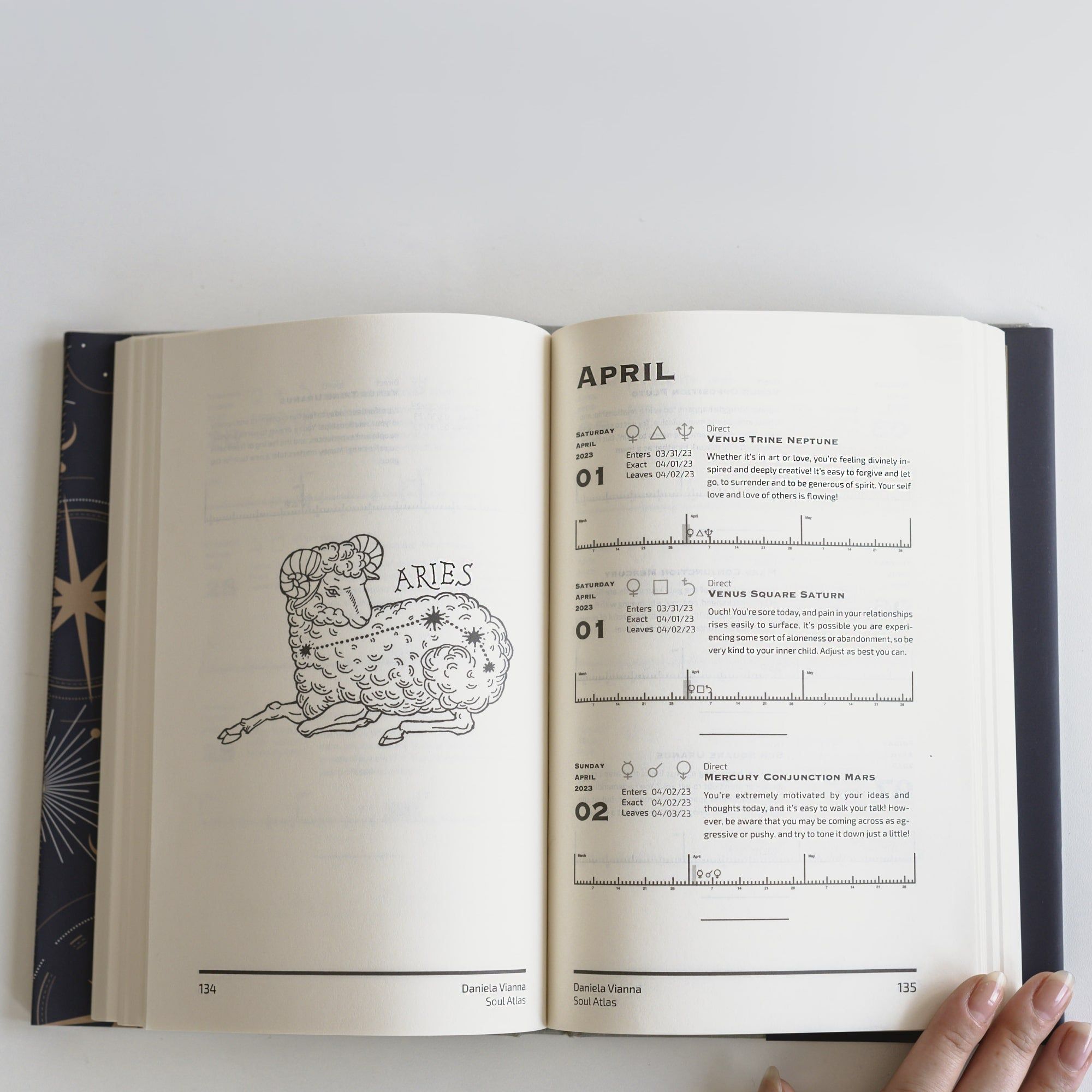
How much does it cost to print a 200 page paperback book?
Printing a book is a complex and cost-involved process, but it can be a rewarding experience for authors, self-publishers, and businesses in the book production industry.
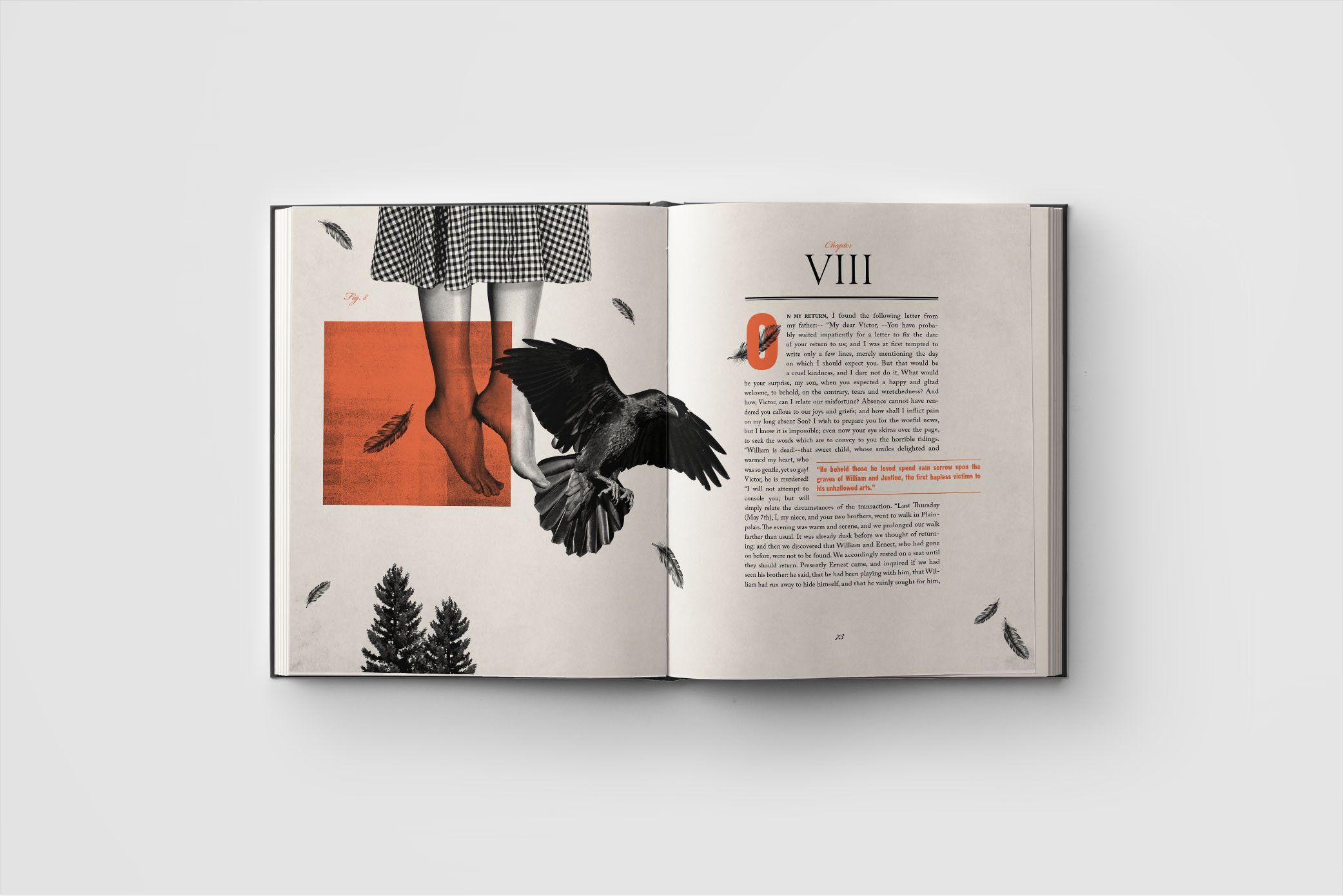
Which Country Is The Cheapest To Print Books?
Choosing where to print a book can be a big decision, especially for those looking to balance cost, quality, and convenience.
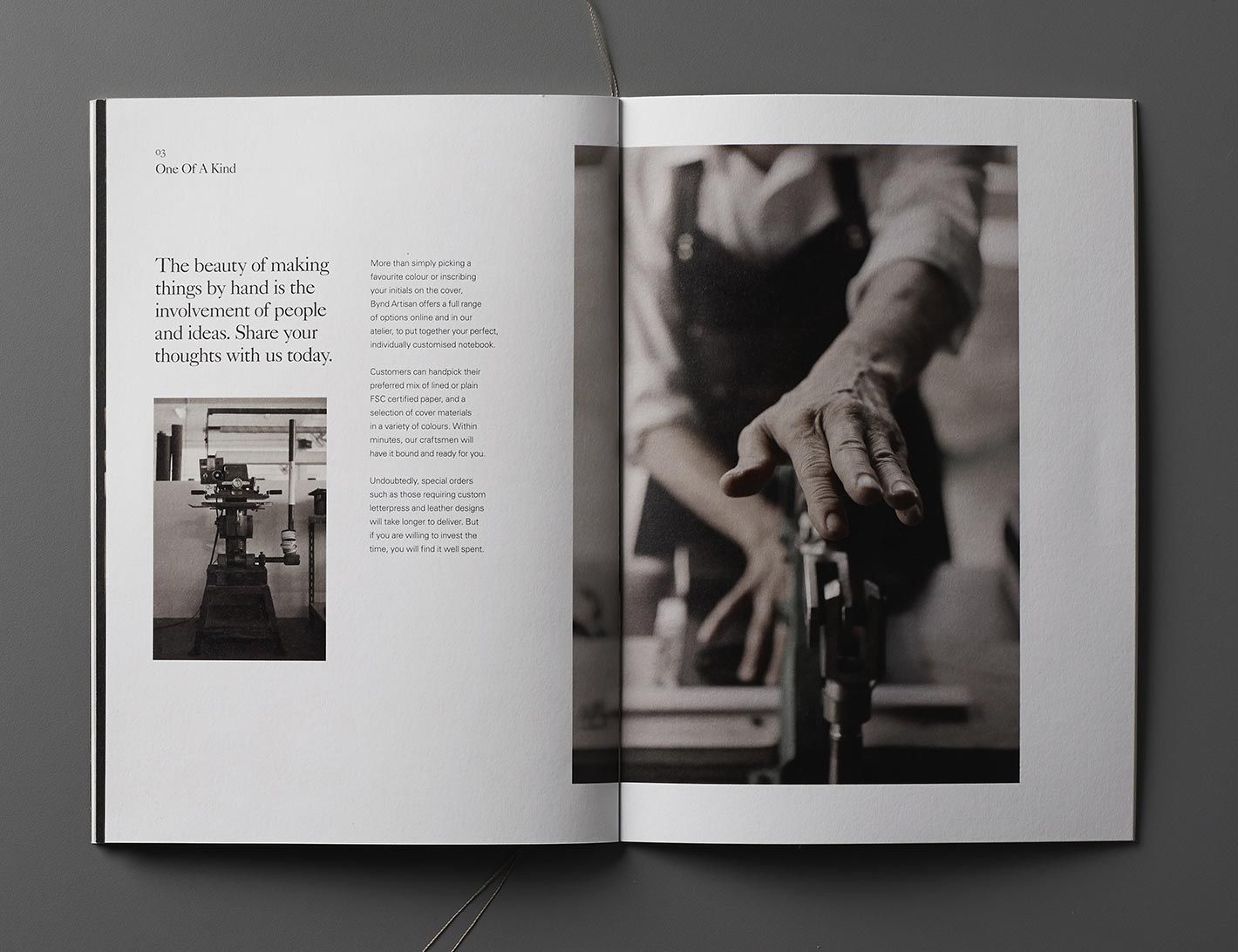
Why Should We Choose Book Printing In China?
With the rising demand for high-quality yet affordable printing, many publishers, authors, and businesses are opting to print books in China.
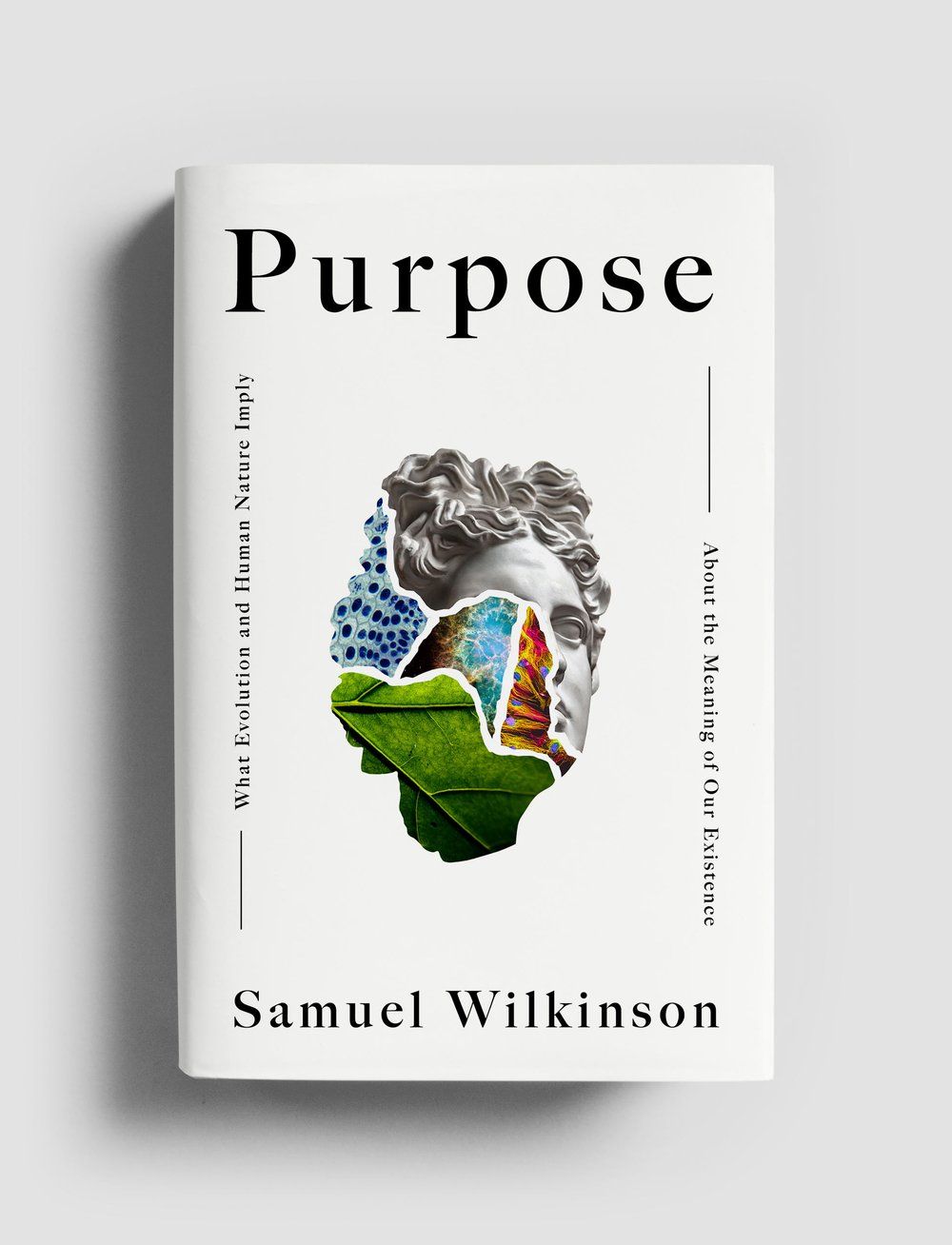
What Is Saddle Stitch Binding Used For?
If you’re diving into self-publishing, one of your primary concerns will be finding economical options for book printing
Contact Us
- +86 13946584521
- info@booksprinting.net
- 8:00 - 22:00 (Mon - Sun)
Comments
Related Blog
Find the newest trends and common knowledge in book printing business.
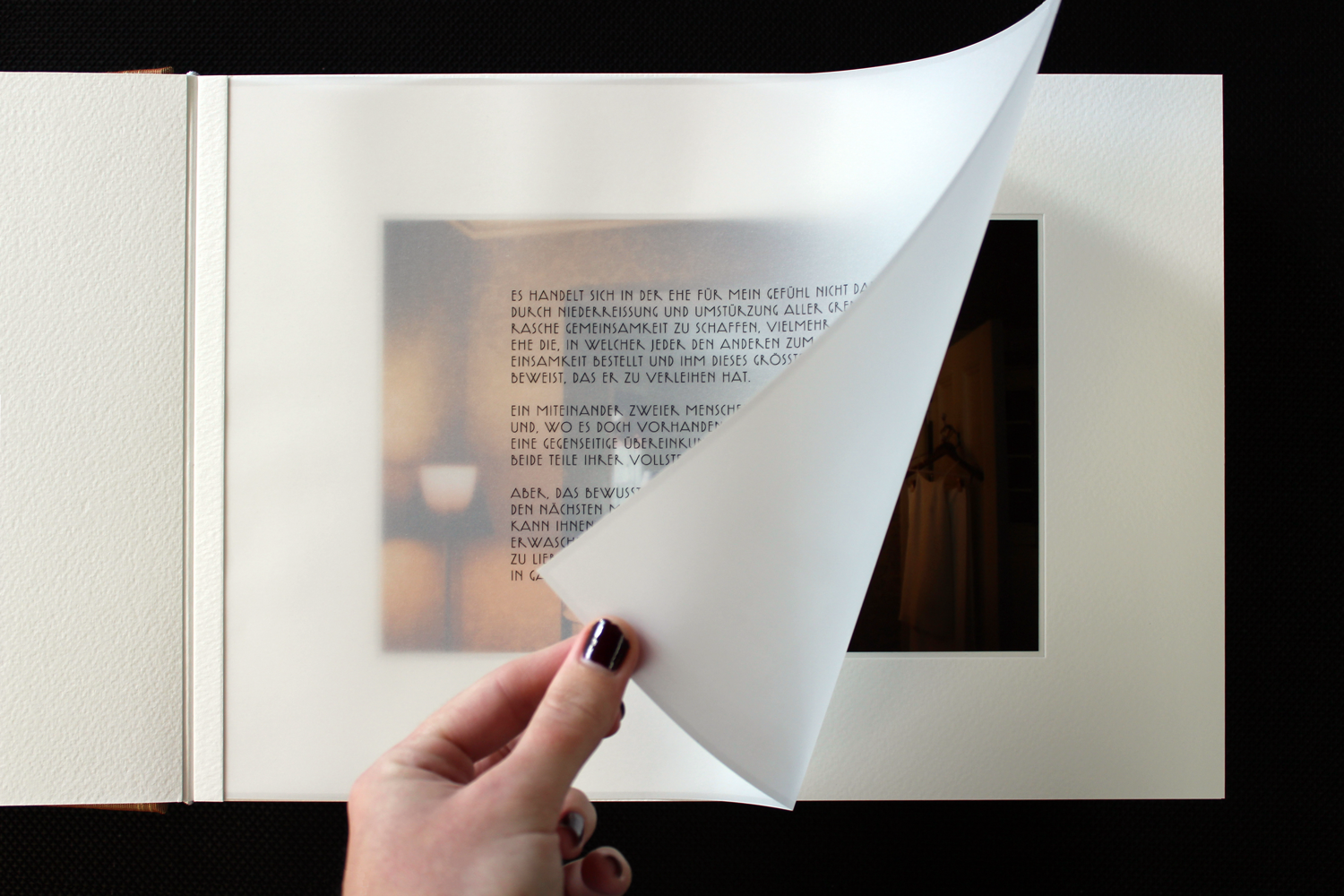
Preserving Memories and Showcasing Work with Quality Photo Book Printing
If you’re diving into self-publishing, one of your primary concerns will be finding economical options for book printing
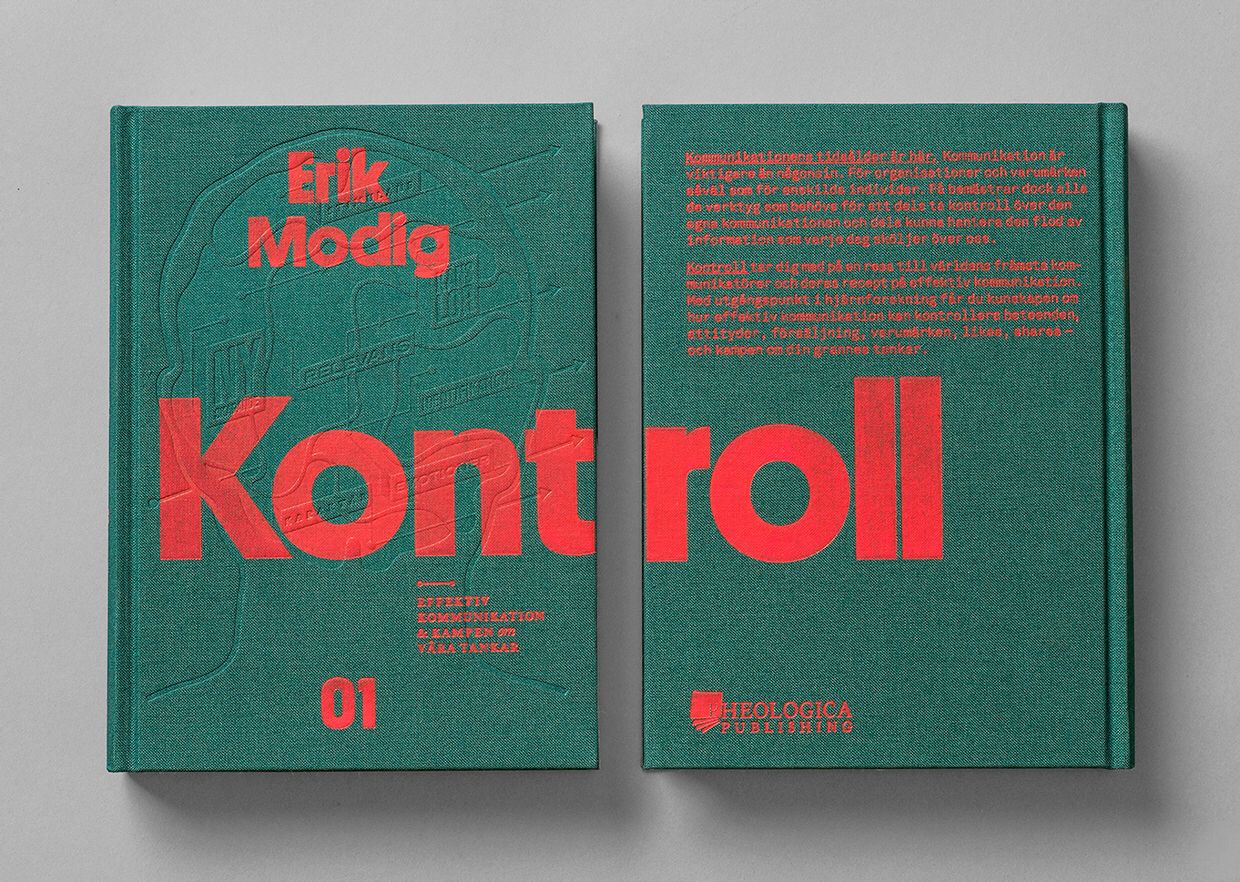
Cheap Ways to Print High-Quality Books in China
If you’re diving into self-publishing, one of your primary concerns will be finding economical options for book printing
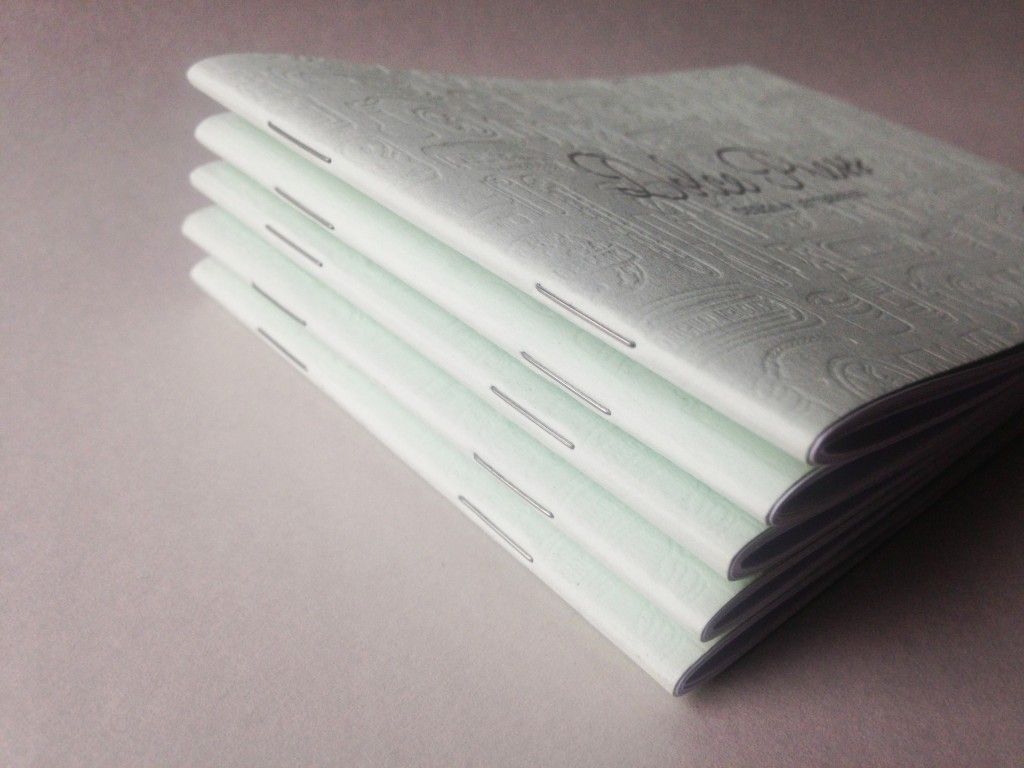
What Is Saddle Stitch Booklet Printing
Saddle stitch booklet printing is a highly effective binding method commonly utilized in the production of various types of journals, magazines, and brochures.

how much does it cost to print a book
When embarking on a book printing project, one of the first questions authors and publishers face is: how much does it cost to print a book? The cost of book printing can vary greatly depending on numerous factors such as the type of book, print quantity,


